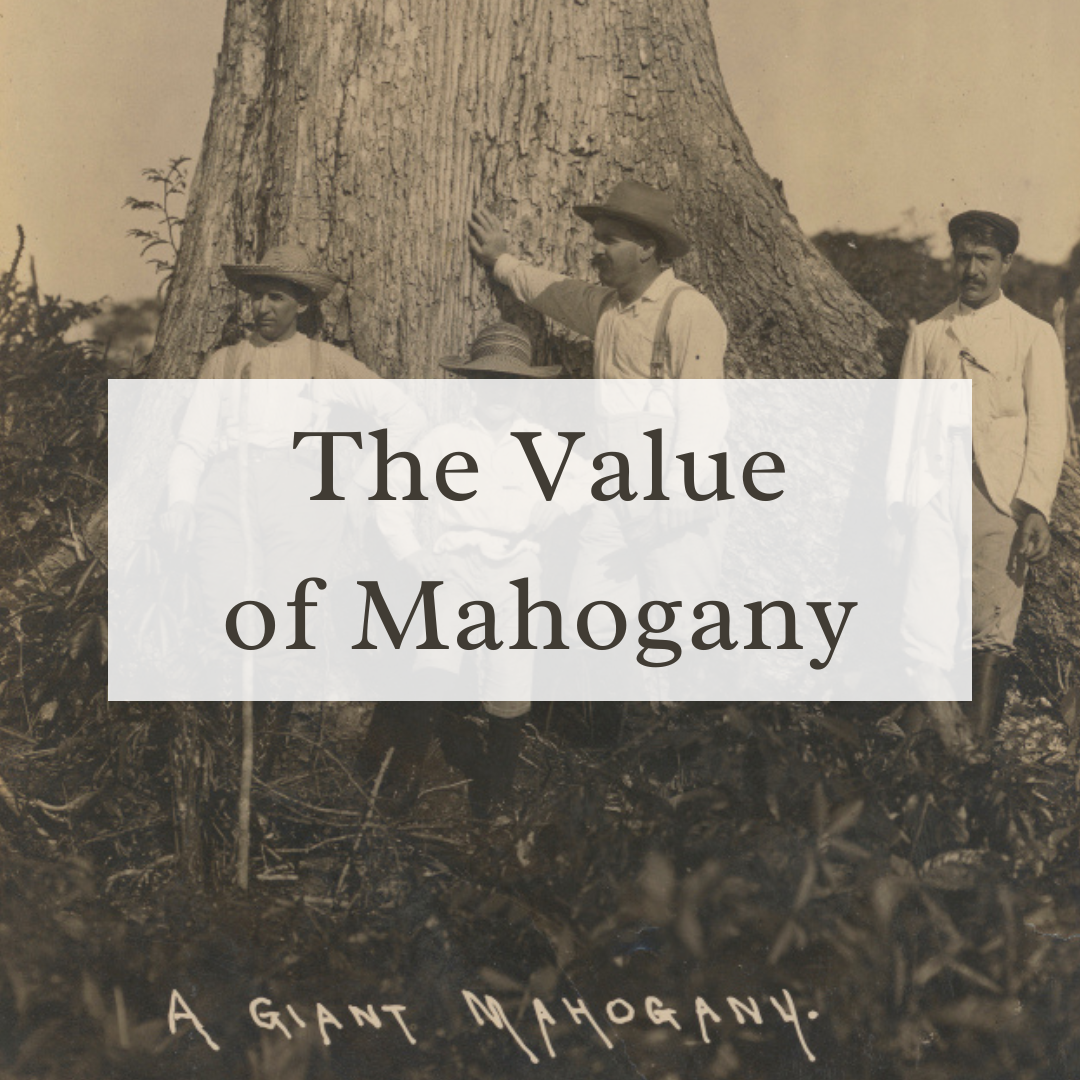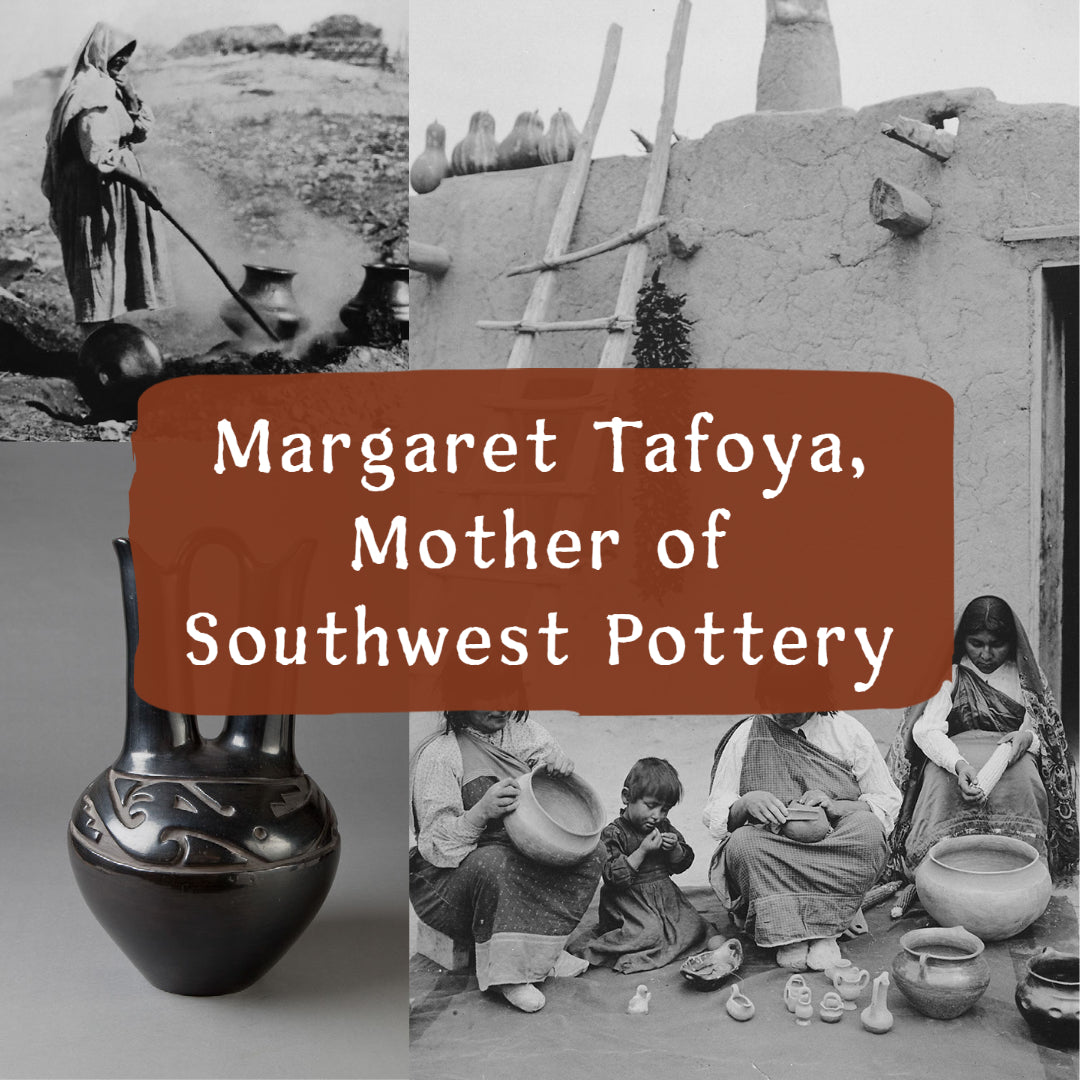
The Value of Mahogany
Mahogany has a beautiful wood grain that darkens over time, giving warmth to any space. It's been favored by carpenters for centuries because of its durability and the ease of carving it. It's well suited for intricate designs that can't be carved into softer woods and there are no knots or voids to get in the way. Mahogany is also resistant to moisture, furniture beetles and termites. Even centuries old mahogany furniture is sturdier than most pieces made today.
First attracting European attention in the 17th century, it wasn't until the 18th century that it became a popular export to England, with the vast majority coming from Jamaica. It wasn't long before Jamaica had been completely depleted of its mahogany supplies and exporters were looking elsewhere. Honduras was soon tapped, but the quality was not as nice; Hispaniola (present-day Haiti and the Dominican Republic) was also found to have quality mahogany. Finally, in the mid 19th century, the harvesting of mahogany became much more intentional, growing on plantations and being transplanted all over the world.
Throughout the last few centuries, mahogany has grown increasingly rare; it has not been harvested sustainably and in 2003 it became part of the CITES trade agreement - or the Convention on International Trade in Endangered Species. CITES encourages sustainable harvesting to prevent the possibility of extinction, it aims to cut down on harmful deforestation and destruction of habitats while benefiting the indigenous peoples that have been exploited for profit.
CITES was passed as a response to the commercial extinction of big-leaf mahogany in El Salvador, Costa Rica and parts of South America, as well as to the commercial extinction of Cuban mahogany and Honduras mahogany. Shortly after CITES was passed, Brazil outlawed the exportation of mahogany altogether. Today, most mahogany that is imported into the United States comes from Peru, with the vast majority being illegally harvested.
To this day, mahogany continues to be valued for its beauty and durability. While native to the Caribbean, mahogany has been planted in tropical regions all over the globe. In spite of the environmental issues and costliness, demand remains steady. The harvest of mahogany has not always been legal or sustainable, but by purchasing antique or secondhand furniture, buyers can enjoy quality mahogany furniture in an ethical way. 18th century England was known as "The Age of Mahogany" due to its prevalence and many quality pieces not only survive, but are in as fine of shape as they were when they were made.
To view this blog with additional photos, decor and furniture we have available click here!
Interested in reading our previous blogs? Click here!




Leave a comment
This site is protected by hCaptcha and the hCaptcha Privacy Policy and Terms of Service apply.